
Sabadell is a city with an interesting history and rich culture. Sabadell has many monuments, an Art Museum and many wonderful places. The city is famous for its textile industry, it is also worth taking a walk to the park to see the natural part of Sabadell.
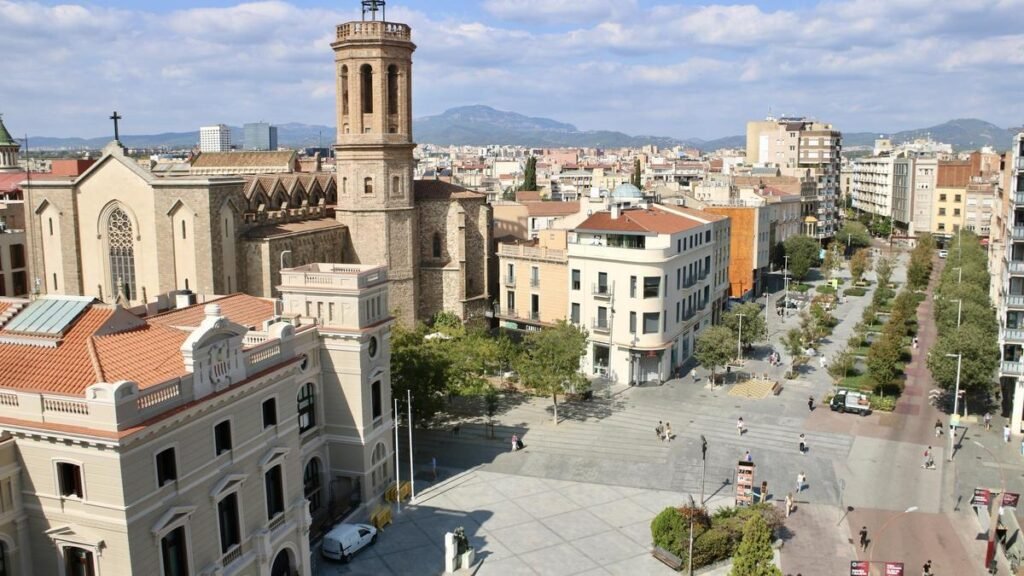
Sabadell is a city in northeastern Spain (Catalonia region), north of Barcelona. From Sabadell to Barcelona it is only 26 km.
Parròquia Sant Fèlix de Sabadell
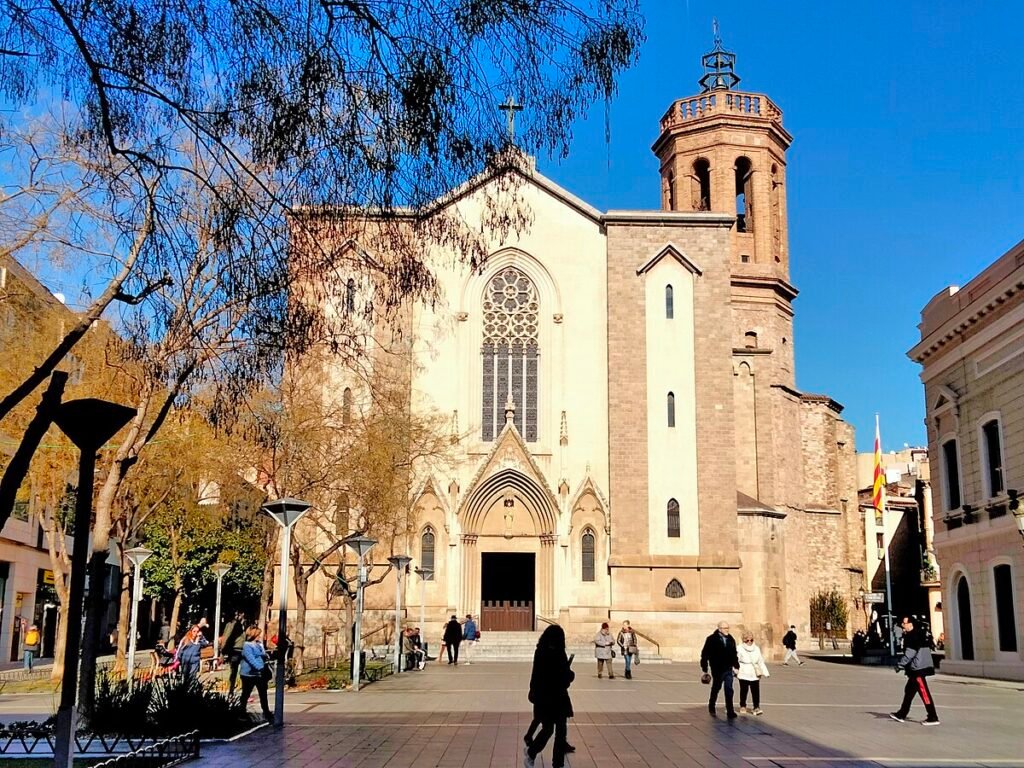
Parròquia Sant Fèlix de Sabadell is a beautiful temple in the Gothic and Neo-Gothic style, located in the city center. It is distinguished by a spacious and well-kept interior, with numerous altars and a portico next to the main altar. The Baroque-style bell tower offers a wonderful view of the Town Hall Square. Some also praise active participation in religious events, such as a Christmas theater performance and mass with musical discourse.
Mercado Central en Sabadell

The Central Market in Sabadell is a large building designed between 1927 and 1930 In 2004, renovation works were carried out. Initially, it was supposed to be an ideal model for this type of urban facilities, with the words “market”, mercat, in Catalan on the sides. Today, there are stalls selling local products and bars where you can also taste dishes from local producers. A selected restaurant and supermarket complete the services of this quaint market.
Safareigs de la Font Nova

Safari Font Nova is one of the oldest public safaris in Sabadell, in Vallès Occidental. They are located in the central district of the city, on the corner of Carrer de les Paus 35 and Carrer de la Font Nova 36. The place where they are located was used as a safari, dating back to the 1830s. And in 1892, architect Miquel Pascual i Tintorer created a modernist-style design to build and cover the safari. Beginning in the 1950s, safaris lost their original function and became obsolete.
Torre de L’Aigua
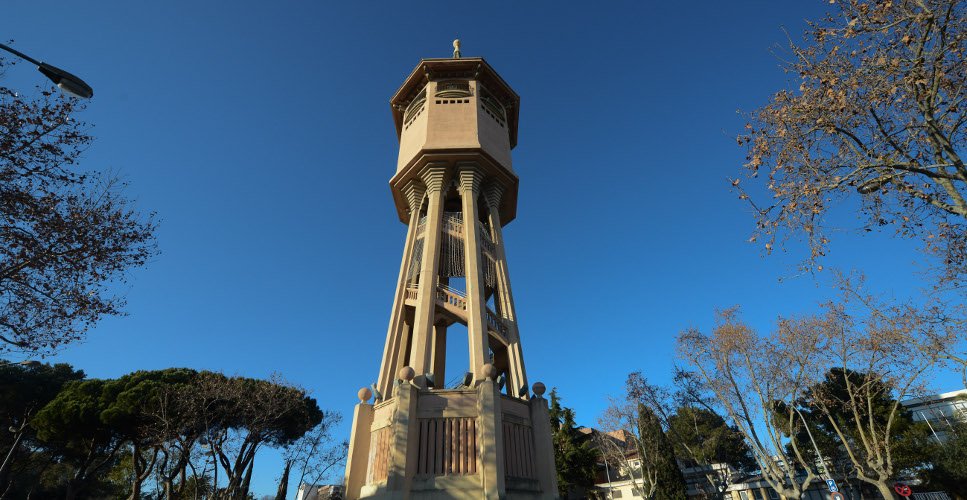
The Torre de l’Aigua (water tower) is a 50 m high octagonal structure that opened in 1922 to lift water drawn from the wells of the Ripoll River and distribute it around the city by gravity. It is an iconic work of the modernist movement and was the first building in the city to use reinforced concrete. It fell into disuse in 1967 and is now one of the signs of Sabadell identity. The tower offers a unique view of the city and the Ripoll River area. The engine is included in the list of 150 pieces of Catalan industrial heritage.
Miquel Crusafont Catalan Institute of Paleontology
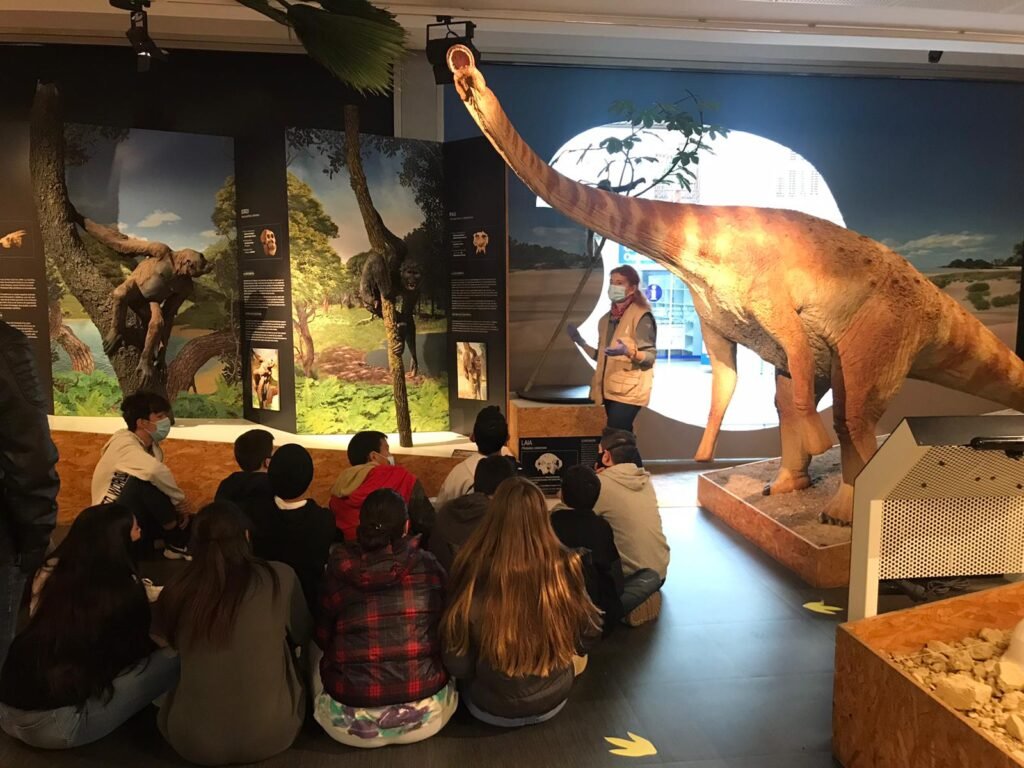
When the paleontologist Miquel Crusafont died, his children gave their father’s fossil collection to the Provincial Institute of Palaeontology, with the condition that it would not leave Sabadell.
This Institute later became the Institut Català de Paleontologia Miquel Crusafont (Catalan Institute of Palaeontology Miquel Crusafont) and today it is a reference center for the research, conservation and promotion of palaeontology in Catalonia (the science that studies living organisms of the past through fossils) . Since its creation, the collection has increased to 200,000 registered fossils, obtained from different sites, making it one of the most important in Europe.
El Vapor Buxeda Vell
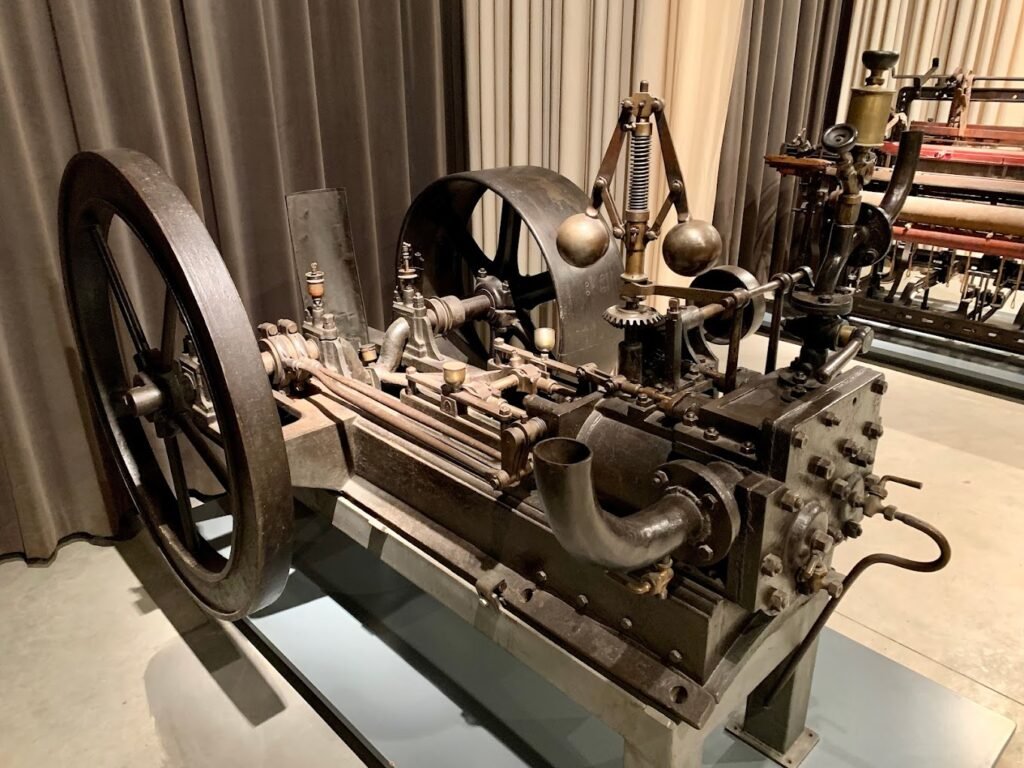
Exceptional testimony to the evolution of the city’s textile industry, the engine room of the Vapor Buxeda Vell is a museum space that allows a look at the passage of Sabadell from the 19th century and the beginning of the 20th century and which keeps a jewel of the city. Energy technological evolution unique to the country: the Wolf semi-fixed steam engine (1908). The exhibition is a fundamental driving force: the explanation of the transition from steam to electricity and all that it will mean in the development of the textile industry in the city. The visit begins with an audiovisual in which the visitors are introduced to the historical framework of the industrialization of Catalonia and Sabadell.
Parc de Catalunya

The Catalan Park (in Catalan: parc de Catalunya) is a public park located in the municipality of Sabadell, within the area known as the Macià Axis, which was inaugurated in 1992. It occupies an area of 43 hectares, from the Macià Axis to Can Rull, where the Can Rull farmhouse is located, a basilica house with architectural vestiges from the 15th century. In the park there are various plant species, among which stand out: the oak, the almond tree, the love tree,the catalpa , the hackberry, cinnamon, olive, elm ect.
